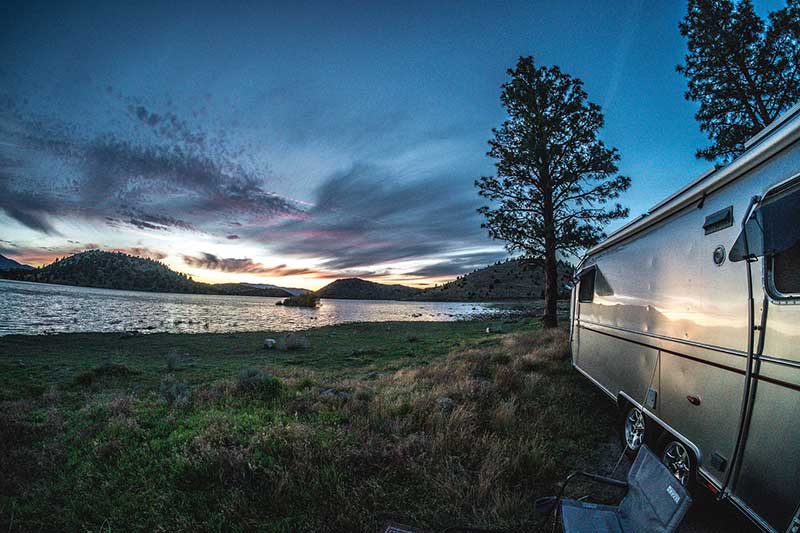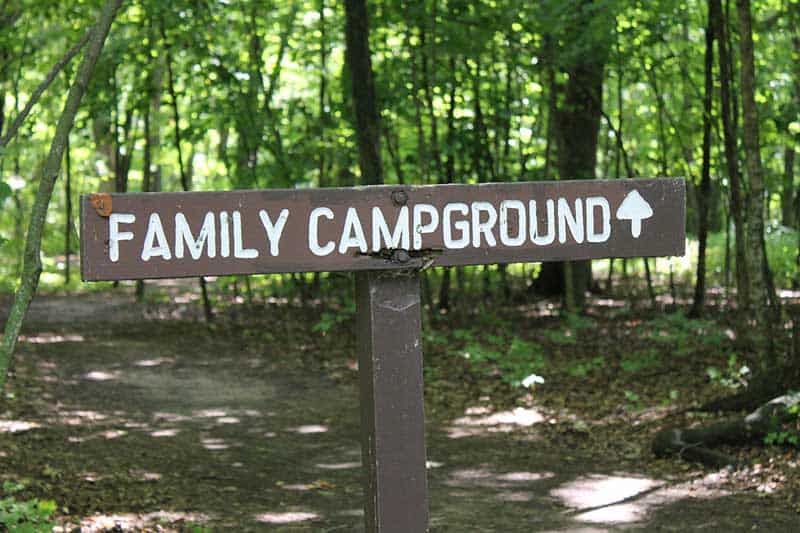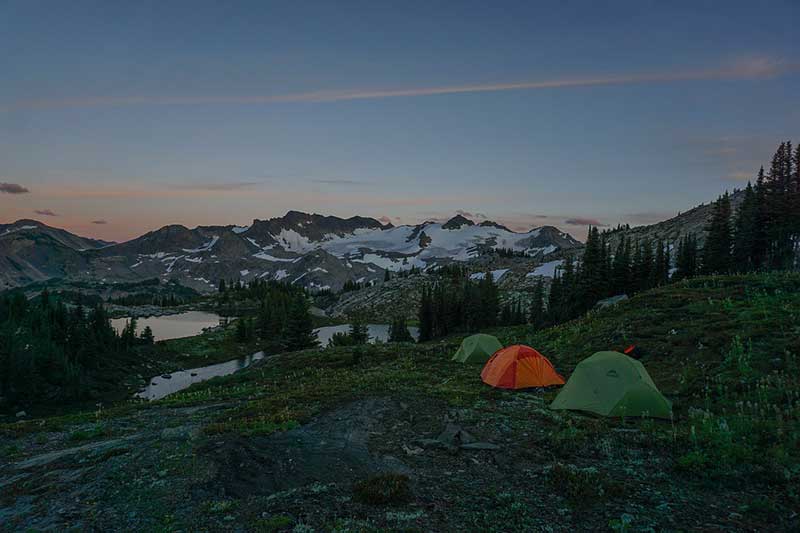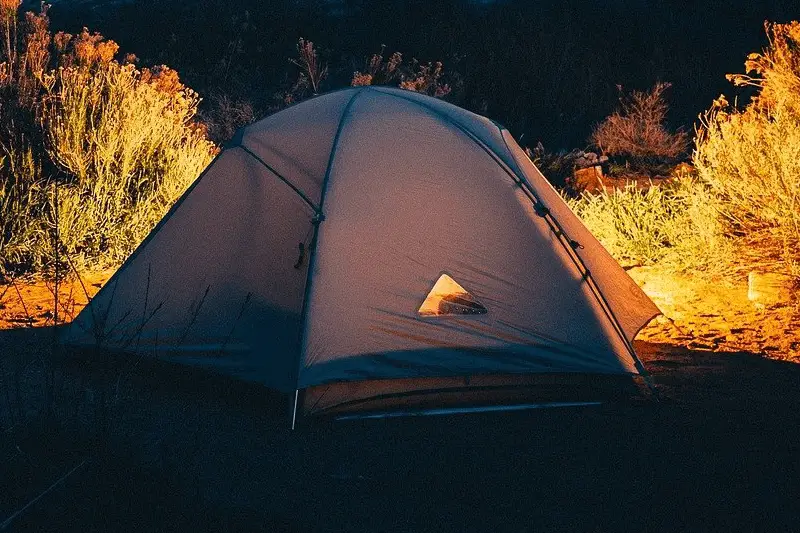Camping has long been a favorite pastime of many. Even with the most comfortable camping setups, there’s still an element of nature and enjoying the outdoors. With most types of camping, it’s much less expensive than grabbing a hotel for your getaway, and it offers a completely new experience.
Camping can be as comfortable as home, or you can rough it in the elements with none of the comforts of home. Everyone has their own favorite way of camping, whether it’s in a tent, a decked-out vehicle, or even completely in the elements on the ground.
6 Types of Camping
1. Shelters and structures
There are as many types of camping shelters as there are types of camping. Long gone are the days where a tent was your only option! Camping’s popularity has spurred numerous innovations in the category, from different kinds of tents to ways to outfit your car.
For campground camping, tents range in size. Whether you just need a two-person tent, one that holds 12, or anything in-between, you can find a tent that’s the right size for your family or group. Some are even as easy to set up as a patio umbrella! Tents designed for backpackers are ultra-portable and lightweight, allowing the camper to hike with her tent on or in her pack without too much additional weight.
RVs and campers are still popular options for those who want a few more conveniences. Van life has risen in popularity, while other people outfit their hatchbacks and SUVs into mini campers. Hammock camping popularity is also on the rise with its convenience and lighter weight.

2. Full-service public campground
Full-service campgrounds are just that — they offer a wide array of amenities for those staying on the grounds. From hot showers to electric plugins, these campgrounds are a favorite of those who want to be outside without sacrificing some of their favorite things. Full-service campground amenities and activities vary but may include swimming areas, activities for children and families, playgrounds, and convenience stores.
In a full-service campground, you still get to enjoy the outdoors by cooking over a fire and eating outside (if you like). The sites are typically close together, but big enough for a tent or two, your vehicle, and sometimes even a popup tent. Full-service campgrounds are popular for RV and camper owners, as well, as they often have access to waste dumps and power.

3. Primitive camping
You’ll need a few more skills for primitive camping in a public campground, but they’re still relatively simple getaways and ideal for families who aren’t afraid to sacrifice some comforts. Primitive public campgrounds often have sites that are close together like full-service campgrounds, but with fewer amenities.
Sites don’t have electricity and you’ll sacrifice a hot shower. Most still have a fire pit or ring, picnic table, and vault toilets. Most of these campgrounds still offer accessibility for your vehicle, allowing you to drive straight up to your site. Primitive public campgrounds are often significantly less expensive than full-service sites.
4. Glamping
A term popularized in the late 2010s, glamping is tent camping on a whole new level. Whether you have your own setup or you’re renting a glamping spot, you’ll have the comforts of home during your getaway. Glamping is a loose term and everyone has their own idea of what it is.

Some glamping setups have full beds and mattresses, lighting, electricity, and wi-fi. Others may think of anyone camping with an electric spot as “glamping.”
Glamping has become so popular that there’s a dedicated section on some vacation rental sites. From decorated lean-tos to full-size yurts, glamping comes in many different varieties.
5. Backpacking and backcountry camping
Possibly the most intense and fulfilling type of camping is backpacking and backcountry camping. Backpacking is not for the novice and comes with a long list of warnings. As the name implies, backpacking is having your entire set of gear on your back in a lightweight bag.
Backpacking involves long thru-hikes varying from a couple of miles to a months-long trip. Because of the endurance involved with carrying all your gear, many people train before their trip. When backpacking on federal and state lands, you often need to get a permit to do so.

Permits are a safety feature, allowing park rangers to know when and where you started, how long you’re planning on being out, and sometimes what your destination point is. Federal lands have specific rules to follow, such as how close to water you can camp, how far away from a public campground you can camp, and how far from a trail.
Before backpacking, ensure you know where clean sources of water are, how to properly filter water, and how to distinguish edible plants from potentially poisonous and deadly varieties.
6. Dispersed camping
Dispersed camping sometimes falls in line with backpacking, but not always. Dispersed camping is anywhere outside of a campground. Some areas have dispersed camping where you can drive up relatively close to the spot, others are a hike. Many federal and state lands have dispersed sites scattered throughout the properties and maps that let you know how to get there.
Dispersed camping may involve tents or RVs, depending on their location. Like backpacking, you’ll often forego many comforts such as toilets and potable water, although you’re typically closer to your vehicle.
